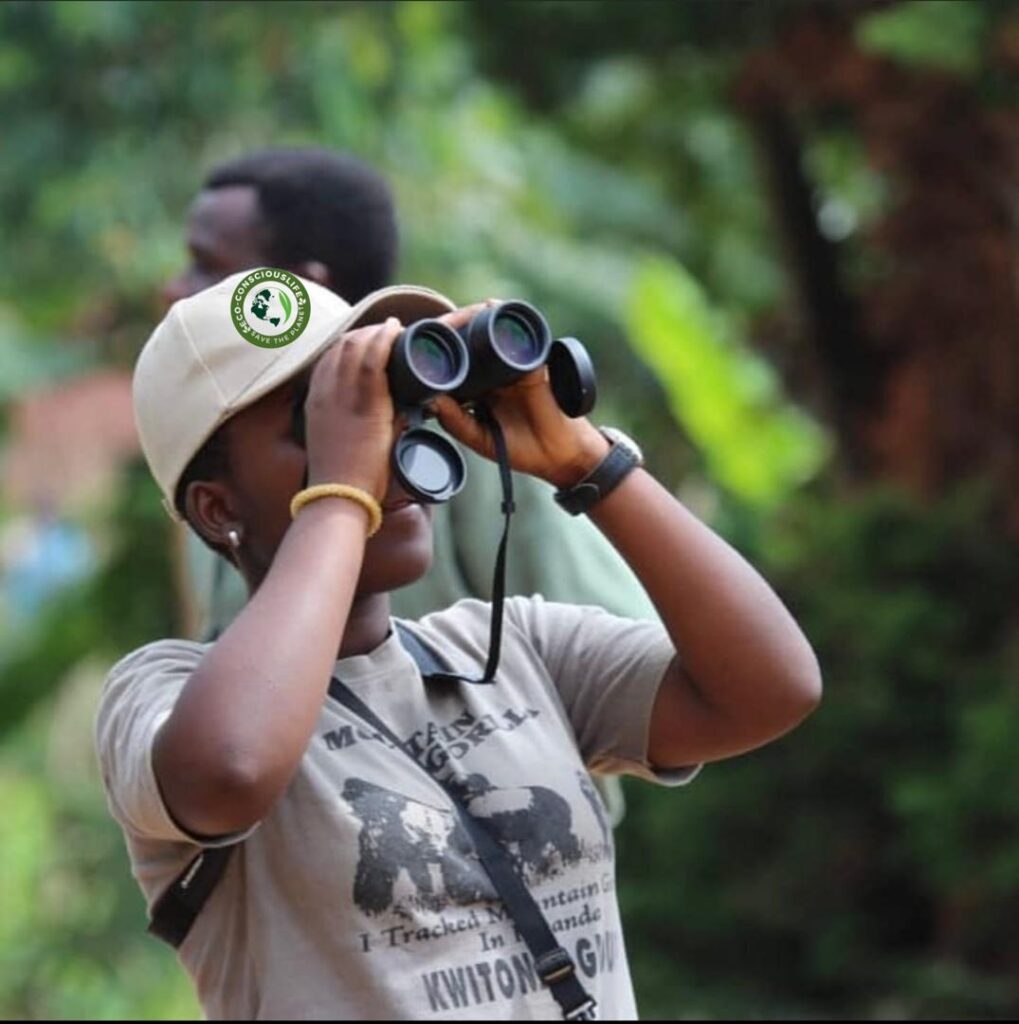What should I bring with me?
As a general guide, comfortable, casual wash and wear clothes are recommended. Please note that muted colours are recommended for game-viewing. Game-drives are conducted in the early morning and late afternoon, which can be very cold, especially in winter.
The most practical items to pack for safari are:
- Khaki, green, beige and neutral colours (dark blue and black clothing should be avoided, as it attracts Tsetse flies)
- Shirts with long sleeves (even in summer, as protection from the sun, mosquitoes and Tsetse flies)
- T-shirts
- Shorts
- Jeans or safari trousers for evenings and cooler days
- A jacket and sweater are recommended for early morning and evening game drives
- Lightweight water-proof jacket
- Sturdy trousers
- Rain hat
- Swim and beachwear while at camp
- Comfortable walking shoes
- Strong waterproof walking boots (comfortable for going upsteep hills). Pants should be tucked into socks and boots while trekking.
- Sun block, sunglasses, hat, moisturizer and lip-salve are all essentials
- Strong insect repellent
- Binoculars and camera equipment
- Small backpack to carry water and a packed lunch
If you would like to purchase safari clothing, luggage or accessories to prepare for your trip, please contact us direct +250 789 558 651 where a wide selection of quality products is available for your convenience.

Explore the romantic and scenic Virunga Mountains, where Dian Fossey carried out her ground-breaking gorilla research, traversing slopes covered with rainforest and bamboo.
Home to no less than five volcanoes, you will delve deep into the park’s misty forests, accompanied by an expert ranger. It typically takes between two and five hours to locate your allocated gorilla family group and you will then have the opportunity to spend some time quietly observing these charismatic creatures.
WHAT DO I NEED TO KNOW?
- Make use of the porters (approximately USD 15 per trek), not only does it encourage sustainable employment in the community, but they are a great help up steep inclines and carrying your pack
- Be respectful when you see the gorillas, be silent and submissive. Stay calm and do as your expert guide directs you – the gorillas will be unperturbed by your presence
- Take enough water and energy snacks. Your lodges should supply these, but if you have a particular energy treat that you like, it is worth bringing along, as treks could take a couple of hours
- Gratuity guidelines per guest are USD 15 for porters and USD 5 – 10 for park guides
- For guests who might find this terrain too challenging, we are able to offer the solution of a local stretcher or sedan chair to the nearest tracking point. These need to be booked in advance, at an additional cost
- For the photographers:
- As you are close to the gorillas, long lenses aren’t usually the best to use (and they are heavy to carry), a mid-zoom lenses such as a 24-70mm is a good option. Also be aware that lenses can mist up due to the humidity levels
- Flash photography is not allowed, so make sure you have the correct light settings
- Keep your camera in a waterproof bag to avoid getting it wet
- Don’t forget to charge your battery

WHAT TO WEAR WHEN GORILLA TREKKING IN RWANDA?
- Good, waterproof walking shoes or boots are recommended (boots with ankle support are best) as trekking can be challenging at times
- Wear layers, starting with a quick-dry shirt on top, as it can get humid and muggy up in the mountains. A rain jacket or even a plastic poncho is also recommended, as rain comes and goes intermittently – some of the lodges do supply these
- Bright colours and white are not advisable as this will contrast very strongly with the prevailing forest and savannah colours, and could disturb gorillas at sightings. Camouflage clothing is also not recommended for travel in African countries
- Best to wear long, light weight hiking trousers and long sleeved light weight shirts. There are stinging nettles along the route, and you are at times required to trek off track, so shorts are not recommended
- Gators or socks pulled over your trousers are recommended to keep sand and ants out of your boots
- Gloves can be useful as you may have to push long grass out of your path
- Walking sticks or ski poles are good for steeper areas in the hike
- Hat and sunglasses are a must


i love the way you treat the vistor
Good